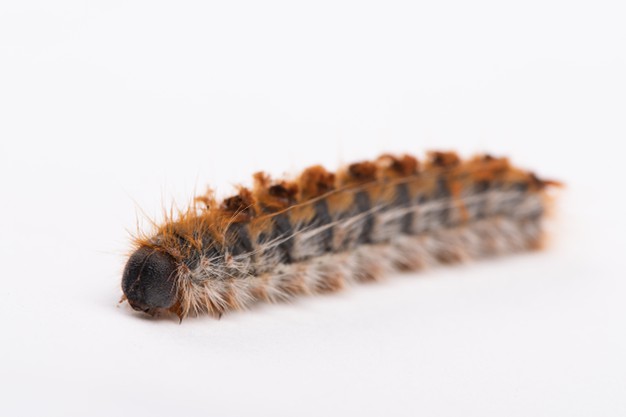Centipedes are tiny invertebrates that are members of the arthropod family. Centipedes are found throughout the planet, including places near the Arctic Circle, and there are about 8000 species. Forests, tropical rain-forests, prairies, and savannas are common habitats for centipedes.
Some interesting facts about the centipedes
The body of a centipede is lengthy and segmented. Centipedes range in size from 0.1 to 11 inches in length, depending on the species.
A flexible shell covers the centipede’s body, which can be white, yellow, orange, red, brown, or black. Centipedes are typically reddish-brown.
The word “centipede” comes from the Latin language and means “a hundred legs.” Despite their name, most centipede species have less than 100 legs. They have 15 to 30 pairs of legs on average.

Centipedes can bite in self-defense. Fortunately, these injuries seldom result in death.
Centipedes that have just hatched resemble tiny adults. During the molting process, young centipedes develop at regular intervals (shedding of skin).
Centipedes can live in the wild for 2 to 5 years, depending on the species.
Centipedes are one of the world’s oldest animal groupings. They first appeared 430 million years ago on Earth.
Millipedes have two or three pairs per segment on average. That’s the simplest method to distinguish them.
A species with a long lifetime and fewer offspring will dedicate more energy to raising its young, according to any reputable scientist. Mother centipedes will encircle the eggs with their bodies until they hatch.
To catch prey, centipedes rely on speed. So, if you believe you need to purchase a flyswatter, reconsider.





